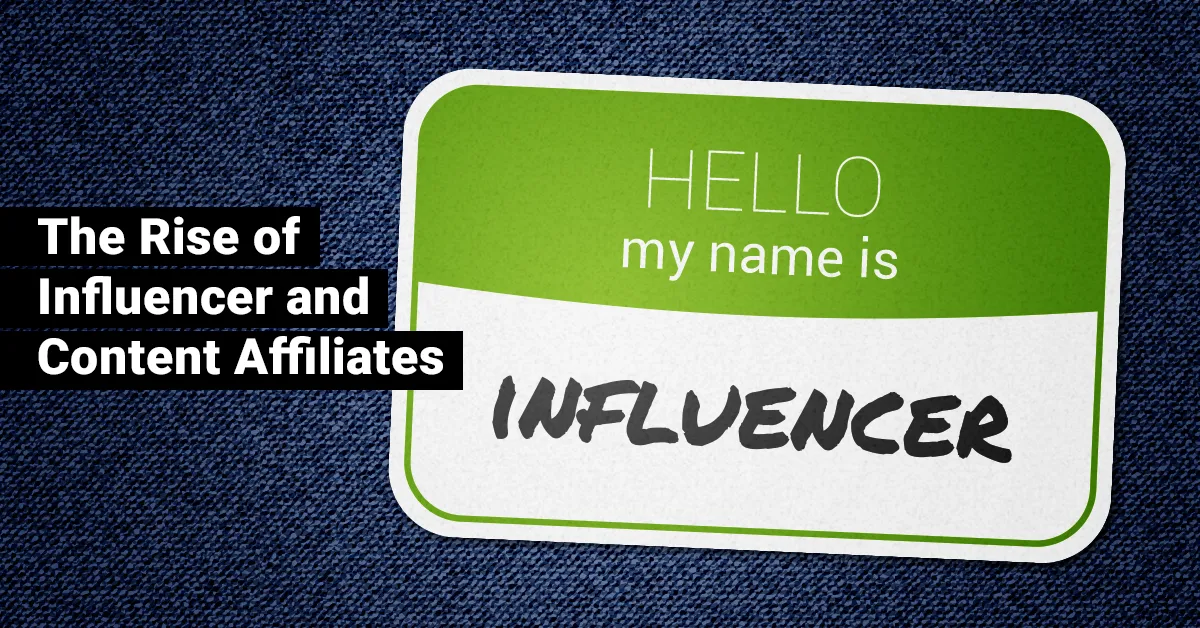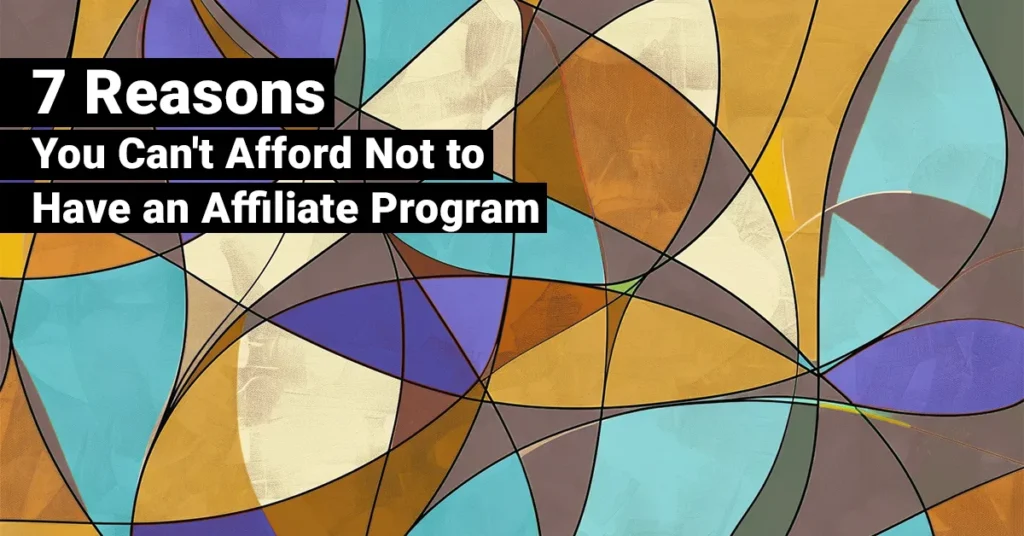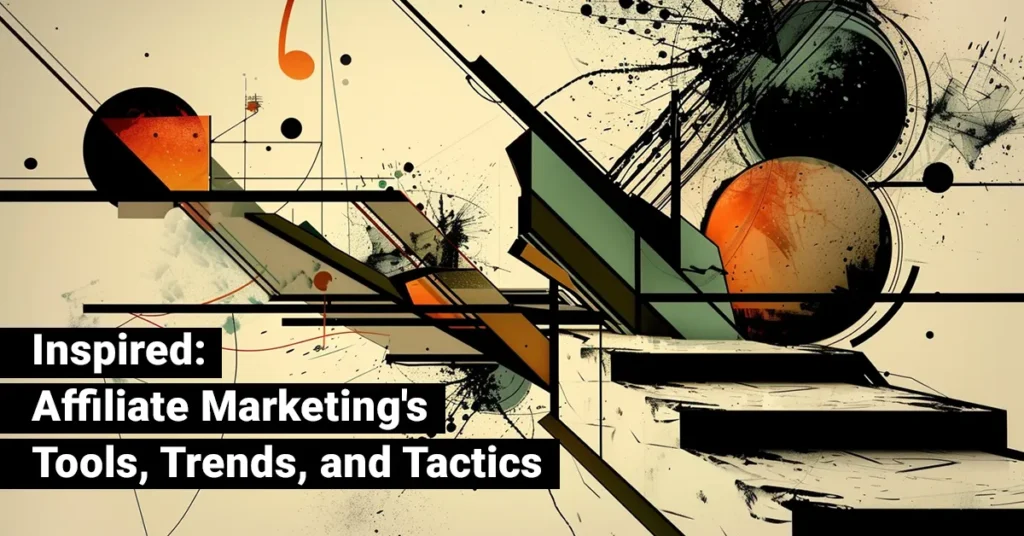When marketers aren’t paying influencers and content affiliates what they should be, we run the risk of these affiliates not engaging heavily in affiliate marketing as a whole.
For at least the last five years, influencer and content affiliates have represented the Holy Grail of affiliate recruiting success. This type of affiliate has become an increasingly important component of a growing, vibrant affiliate program. As such, a tremendous amount of effort has been applied to recruiting and optimizing these relationships.
But as the demand for influencer and content affiliates continues to grow, the ability to measure their ROI has fallen short. When marketers aren’t paying them for the value they provide, we run the risk of these affiliates not engaging heavily in affiliate marketing as a whole. Here are some things to keep in mind if you value this type of affiliate and the sales potential they bring.
The Growing Demand for Influencers and Content Affiliates
At JEBCommerce, almost all our new clients and prospects are asking for a broader diversification of affiliate partners outside of the normal coupon and cashback Top 20 partners. This very issue was written about by Henry Prevette at Impact.
As Henry writes, “Every day, I receive requests from some of the biggest brands that are looking for outsourced partner management (OPM) services. These include agencies that will:
- Help us diversify our partners with more content and upper-funnel relationships
- Bring on more strategic partners that will really drive growth
- Help us recruit and engage influencers to promote products on a performance basis
- Recruit more partners that specialize in driving in-app conversions and new customer acquisition”
Advertisers are requiring broader diversification, moving away from such a heavy reliance on coupon and cashback sites.
This is 100% true. Advertisers are requiring broader diversification, moving away from such a heavy reliance on coupon and cashback sites. The perception is that they are not adding value to the path to purchase and publishers that are further up the funnel are more valuable.
Agencies have to do a better job of identifying and working with content producers and social influencers to effectively bring them into a program. But this comes with some problems, mainly measuring the success of those affiliates.
The Quest for Influencer and Content Affiliate ROI
According to an article on ClickZ, 84% of marketers think that measuring ROI will be critical to the future success of influencer marketing. One ClickZ author puts it this way: “The measurement of the ROI of influencer marketing is one of the biggest challenges for marketers. We are heading to a stage in influencer marketing though that it’s important to analyze the success of your collaborations with influencers. That’s why 84% of marketers think that the best influencer marketing strategies will be able to measure their ROI. The future of influencer marketing depends on our ability to prove its success to justify the time and the budget that we’re spending on it.”
(For the sake of this article, we will use the terms “influencer” and “content publishers” interchangeably, as they exhibit many of the same characteristics.)
If affiliate marketing wants to lure more influencer dollars, it will have to offer new ways to attribute their sales.
When you gauge the effectiveness of these types of partners within your affiliate program, you need to tailor your measurement to these publishers’ specific characteristics, behaviors and contributions. You can’t measure them the same way. Why? It has a lot to do with attribution.
Adotas referenced this issue way back in 2012, stating, “The attribution debate has long raged in the online advertising space and will no doubt continue on. But if the industry is to lure more of the all-important brand dollars, it will have to proffer a new culture where, just as in offline, every touch of a user that ultimately converts is credited in some part for the conversion.”
That speaks to content and influencer affiliates directly. If affiliate marketing wants to lure more influencer dollars, it will have to offer new ways to attribute their sales. And we should. An influencer is different than a loyalty site or cashback site, perceived as closers of sales more than introducers.
In essence, the attribution debate is about how different types of partners engage in the customer’s path to purchase. Coupon and cashback sites often are perceived as being heavily weighted to the bottom of the funnel—in, near or solely in the closing phase of a sale. In order to attribute sales according to their profile, last click or something like that makes sense. If you’d like to see the data behind whether or not that assumption is true, check out this piece we wrote, which includes data from many of the top affiliate networks.
If the influencers and content publishers are introducers, then a standard commission term isn’t going to work.
But influencers and content affiliates are higher up the funnel, residing mainly in the “introduction” and “influencing” stages of that path to purchase. They introduce their audiences to your brand—many of them “new to you” customers—and then many times another channel takes the credit for the sale. In this framework, we don’t attribute as much success to this category as it has earned. This often leads to sentiments like, “well that didn’t work”, “influencers don’t close sales”, “our affiliate manager can’t close the deal”, or “we need more focus on different influencers”.
This type of thinking is directly related to the way we are tracking their effort. If the influencers and content publishers are introducers, then a standard commission term isn’t going to work. A standard commission term can include the commission percent or bounty, plus a time frame during which the affiliate cookie is valid and the order gets attributed to that affiliate. And any affiliate, or other channel, that touches that customer after the introduction typically gets credit for the sale.
A Better Way to Measure Influencer Attribution
In reality, we value influencers and content producers with lip service only. Without proper attribution, they won’t be paid what they should be earning, and over time it’ll cause them to reject the performance model, preferring huge paid placements and display only. We need to do a few things to make sure we are measuring these affiliates appropriately.
Change the Cookie Duration
Influencers and content affiliates are bringing new customers into your funnel and should get credit in direct relationship to the value they deliver.
Cookie duration is the amount of time after the initial click from an affiliate site that an order will get attributed to that affiliate. Because the perception of most top-producing affiliates is that they are involved only at the end of a purchase path, cookie durations can be as little as one hour. I’ve seen a lot only allowing three days to go by in order for an influencer of content affiliate to get credit.
How long does it actually take for a consumer to purchase from you after the first time they are introduced to you? Influencers and content affiliates are bringing new customers into your funnel and should get credit in direct relationship to the value they deliver.
Giving them three days goes against the very nature of how influencers and content affiliates expose your brand to new audiences and how consumers act coming from them. They need more time; they’re higher up the funnel. I suggest that we give them a year.
Leverage Preferred Partner Technology
If you truly value these affiliates’ contributions over other types of affiliate partners, you need to protect their contribution. What’s awesome is that networks and technology providers have amazing technology that allows you to lock in that customer from the influencer as an “influencer affiliate customer,” regardless of what happens after they send you that customer. (For more on this topic, check out my article in Internet Retailer, which outlines all the networks that offer this sort of technology.)
ShareASale has Conversions lines, which allows you to indicate a channel, partner or group of partners to receive priority for a sale over other channels. Say your content producers need a little protection; use this tool to give them priority over all others. If your paid search channel gets priority, you can designate that here as well. This tech has many more uses that I encourage you to explore.
Impact has several different ways to make sure this is possible, including probably the best view into the entire path to purchase for each customer. Meanwhile, Ascend has Preferred Publisher. This tool gives you the ability to designate a publisher as always getting a sale in which they are involved. This allows you to protect affiliates that tend to be vulnerable to cookie overwriting, and credit influencers or introducers who are not necessarily the closers of a sale.
LinkConnector has several technologies that make this possible, from First Click Attribution, Shopping Cart Window and Naked coupons, all designed to allow proper commissioning.
To read about each network in more detail, check out my article, “Affiliate Marketing’s Biggest Bugaboo, and How to Tame It.“
The Power of Unique Affiliate Terms
If we need to focus on these types of publishers, you can’t treat them like every other publisher. It won’t work.
You have to measure and protect what you value most. If we need to focus on these types of publishers, you can’t treat them like every other publisher. It won’t work. They won’t be credited with the production they are responsible for and they will opt out of the space. The solution? Set up terms for this affiliate category. This will ensure that you are able to track their contribution correctly and grow productive, vibrant and profitable relationships.
If you want to have us take a look at your affiliate commission level offerings, reach out to us at gethelp@jebcommerce.com or schedule time to discuss your needs with us. Our team would be happy to guide you toward the changes needed to be successful with these types of affiliates.






